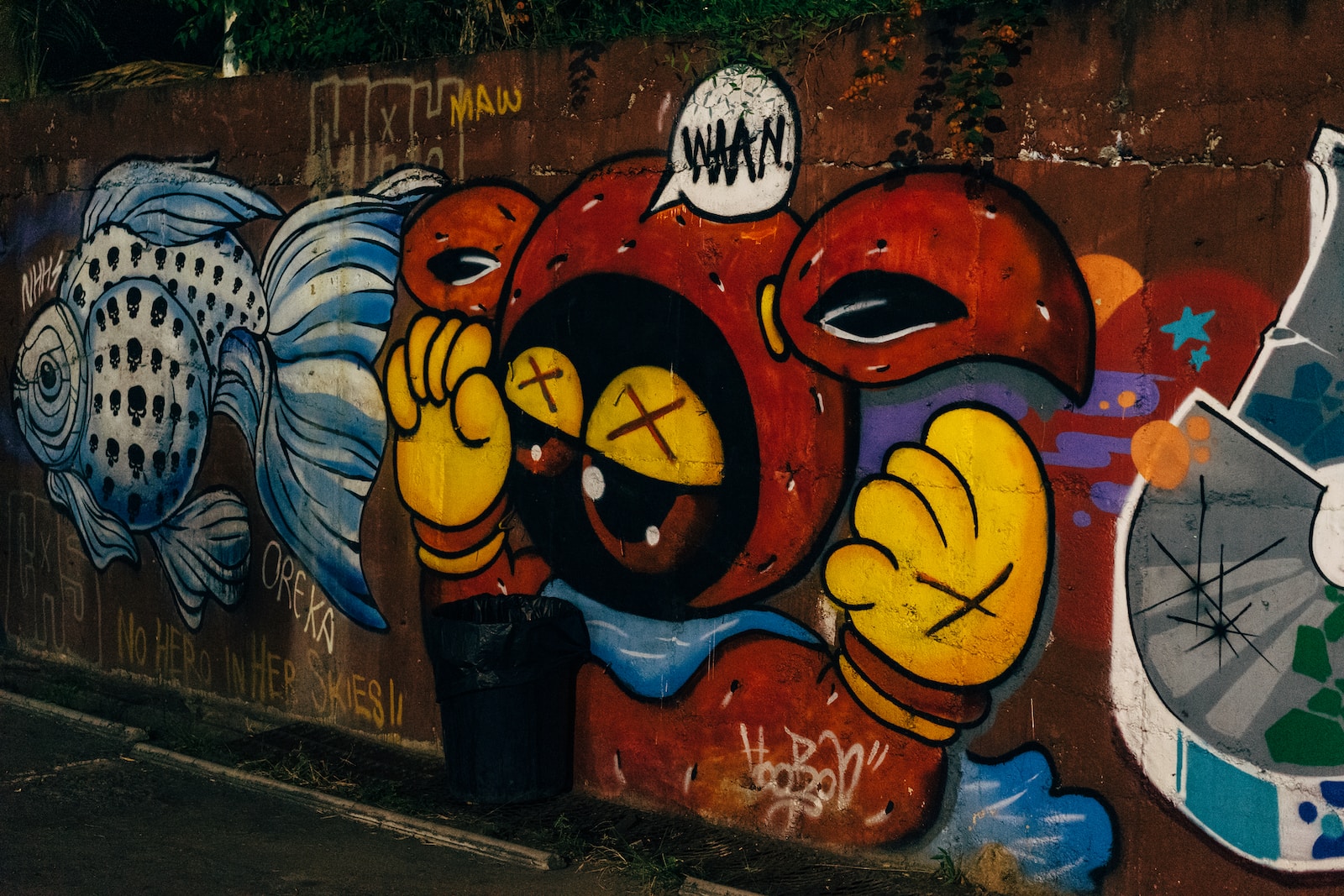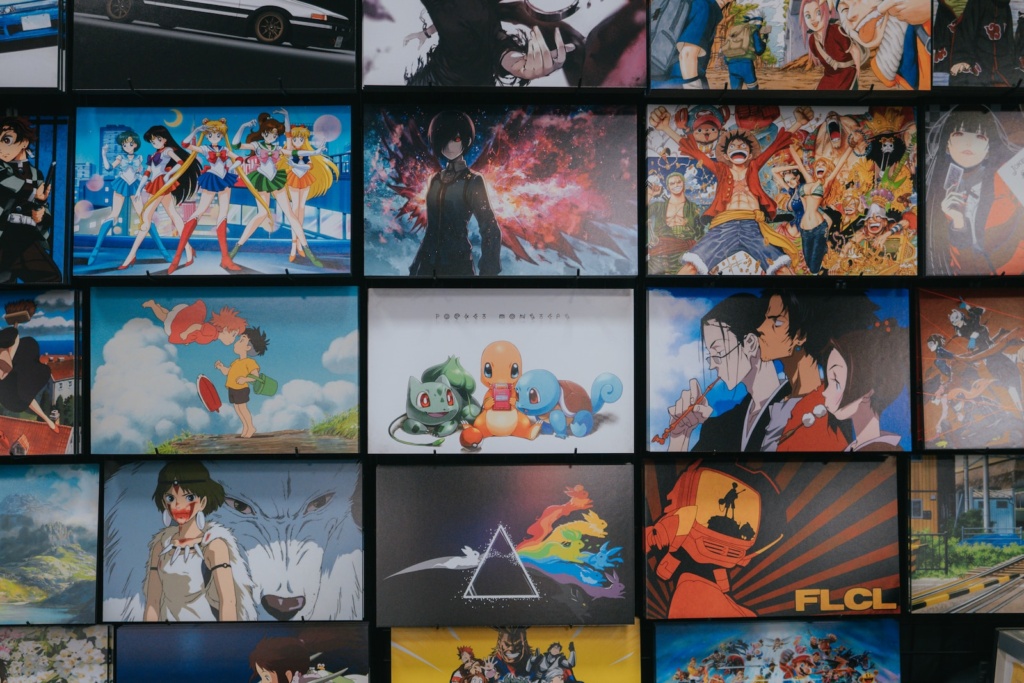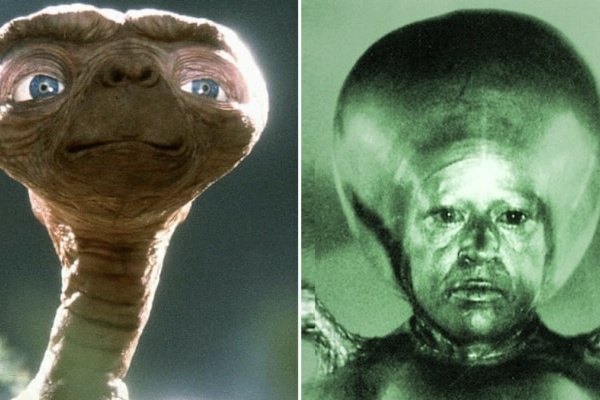
Hello, fellow anime aficionados and cinema enthusiasts! Emma here, your trusty cinematic tour guide, and today, we’re diving into the captivating world of anime and the fascinating debate over subs (subtitles) versus dubs (dubbed versions). We’ll also explore the art of cultural adaptations in anime and how this intricate dance between cultures has contributed to its global appeal. So, grab your favorite snack (perhaps some Pocky?) and join me as we navigate this nuanced and often humorous discussion, spiced with real-world examples.
The Sub vs. Dub Debate: A Matter of Preference
For many anime fans, the choice between subs and dubs is akin to choosing between coffee and tea—it’s a matter of personal preference, and both have their unique charms.
Subtitles (Subs): Authenticity and Original Voices
Subtitles are the go-to choice for purists who seek an authentic anime-watching experience. Subs allow viewers to hear the original Japanese voices of the characters, preserving the nuances of emotion and cultural context.
Example: Studio Ghibli films, such as “Spirited Away,” are often praised for their subtitled versions, which capture the subtleties of the original Japanese performances.
Dubbed Versions (Dubs): Accessibility and Familiarity
Dubs, on the other hand, provide accessibility to a broader audience. They allow viewers to enjoy anime in their native language, eliminating the need to read subtitles. Dubs also enable non-Japanese speakers to fully understand and appreciate the story.
Example: “Cowboy Bebop” is renowned for its English dub, which many consider on par with, if not superior to, the Japanese version.
Lost in Translation: The Challenge of Cultural Adaptations

Anime is more than just animation; it’s a cultural expression deeply rooted in Japanese society. When anime travels beyond Japan’s borders, it encounters the intricate challenge of cultural adaptations.
Name Changes and Cultural References
To make anime more relatable to international audiences, character names and cultural references are often adapted. This can lead to spirited discussions among fans about the “purity” of the source material.
Example: In “Dragon Ball Z,” the character Tien Shinhan is known as Tenshinhan in the Japanese version, highlighting the cultural adaptation of the name.
Localization and Contextualization
Localization involves adapting dialogue, jokes, and cultural references to suit the target audience. This process aims to ensure that jokes land and cultural nuances are understood.
Example: The localization of “Naruto” includes changing certain idioms and references to make them more understandable to Western viewers.
Controversy and Critique
Cultural adaptations can be a double-edged sword. While they make anime more accessible, they also face criticism from purists who argue that they dilute the authenticity of the original work.
Example: The live-action adaptation of “Death Note” received mixed reviews, with some fans feeling that it strayed too far from the source material’s cultural context.
The Role of Voice Acting: Bringing Characters to Life

In both subs and dubs, the quality of voice acting plays a crucial role in conveying the depth of characters and their emotional journeys.
Subs: Japanese Voice Acting
Subtitles allow viewers to hear the original Japanese voice acting, which is often praised for its emotive performances and ability to capture cultural nuances.
Example: Mamoru Miyano’s portrayal of Light Yagami in “Death Note” is lauded for its range and complexity.
Dubs: English Voice Acting
Dubs feature English voice actors who aim to capture the essence of the characters while delivering performances that resonate with Western audiences.
Example: Steve Blum’s portrayal of Spike Spiegel in “Cowboy Bebop” is celebrated for its charisma and depth.
The Global Impact: Anime’s Worldwide Reach
Despite the sub vs. dub debate and the challenges of cultural adaptation, anime’s global appeal continues to soar. Its universality transcends linguistic and cultural barriers, forging connections among fans worldwide.
Subtitles: A Window into Japanese Culture
Subtitles offer viewers a direct connection to Japanese culture, language, and traditions. Many fans appreciate the opportunity to learn Japanese phrases and gain insights into the country’s societal norms.
Example: “My Neighbor Totoro” introduces viewers to the enchanting world of Japanese countryside life.
Dubbed Versions: Broadening the Fanbase
Dubs have played a pivotal role in anime’s global expansion, allowing non-Japanese speakers to fully immerse themselves in the stories without the distraction of subtitles.
Example: “Pokémon” became a worldwide phenomenon partly due to its English dub, making Pikachu and friends household names.
The Art of Bilingualism: Code Geass and Hataraku Maou-sama!
Some anime series creatively incorporate bilingualism into their narratives, blurring the lines between subs and dubs.
Example: In “Code Geass,” the protagonist, Lelouch, speaks both Japanese and English fluently, reflecting the geopolitical context of the story.
Example: “Hataraku Maou-sama!” humorously portrays characters from a fantasy world trying to adapt to modern Tokyo, leading to amusing language misunderstandings.
The Future of Anime: A Multilingual World
As anime continues to gain international popularity, the industry adapts to the preferences of its diverse audience. Streaming platforms offer both subtitled and dubbed options, allowing viewers to choose their preferred experience.
Example: Platforms like Crunchyroll and Funimation provide a range of anime with various language options, catering to fans worldwide.
In Conclusion: Anime’s Linguistic Symphony
Anime’s global appeal lies in its ability to speak to the hearts of viewers, regardless of their language or cultural background. Whether you’re a devoted subtitler, a dedicated dubber, or somewhere in between, anime’s magic knows no bounds.
So, as you embark on your next anime adventure, remember that the debate between subs and dubs is a testament to the richness and inclusivity of this vibrant art form. In the end, what truly matters is the joy, emotions, and connections that anime brings to us all.
Until our next cinematic escapade, “Sayonara,” dear readers!


